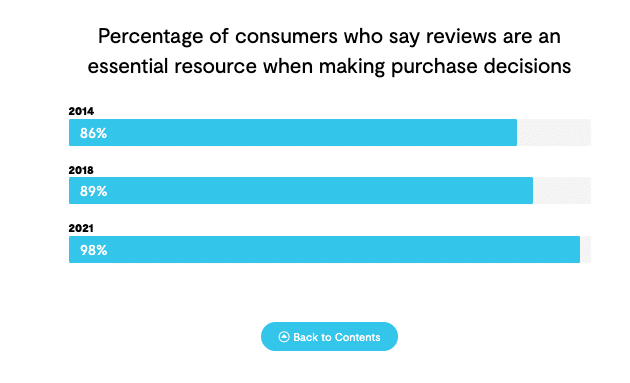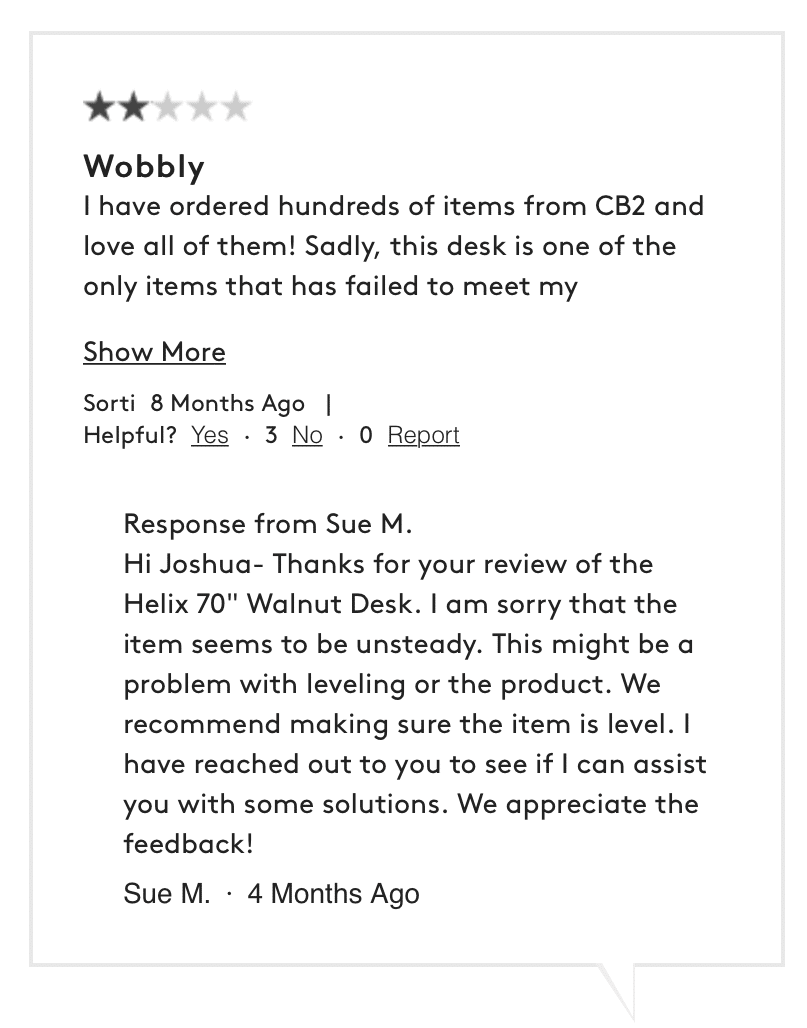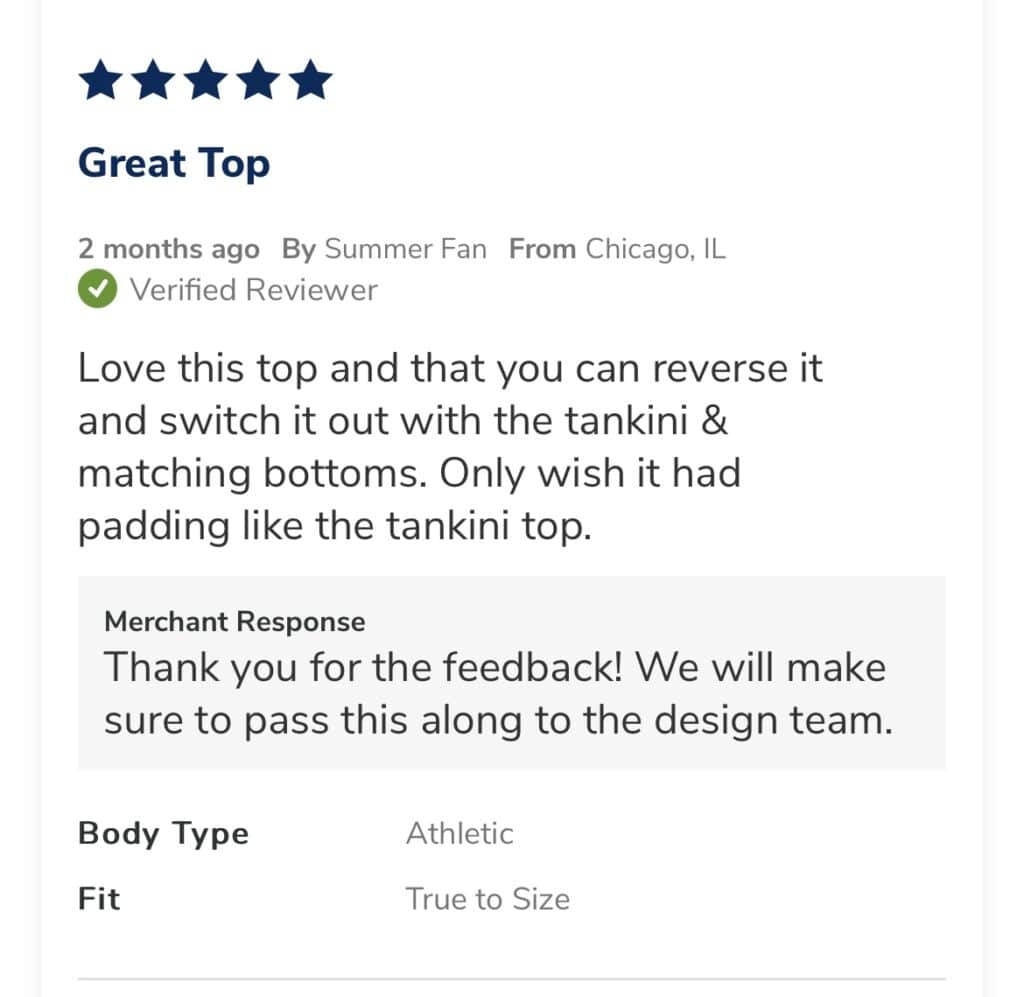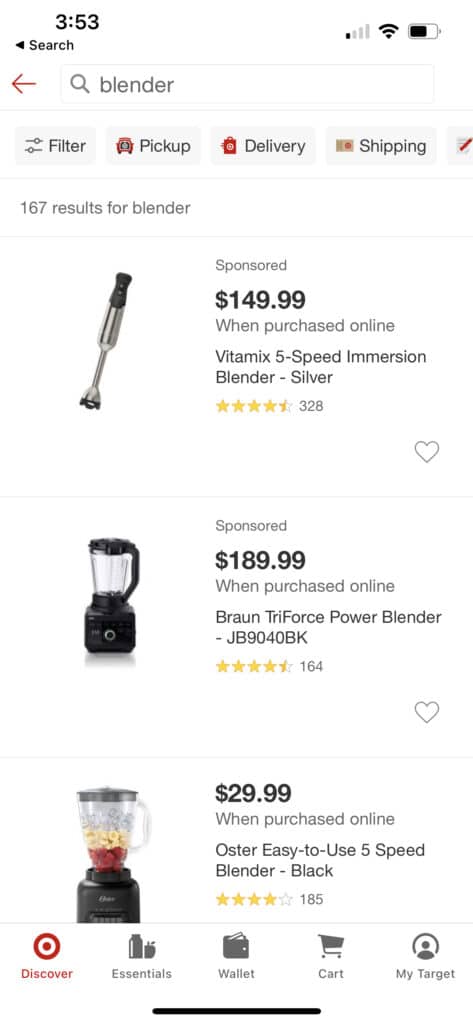The State of Customer Reviews in 2023

What you need to know in 2023 to optimize your brand’s ratings and reviews strategy
The importance of ratings and reviews in the purchase journey can no longer be denied. As such, your brand likely has a plan in place to collect ratings and reviews from existing customers – and display this content to help future shoppers make informed purchase decisions.
But the ratings and reviews landscape is always changing and evolving. You must adapt your strategy in order to keep up.
The first step is to take stock of the state of ratings and reviews today. In this blog, we’ll explore some of the key trends shaping the world of ratings and reviews in 2023 and beyond.
In Today’s Economic Climate, Reviews are More Important Than Ever
Ratings and reviews were once a “nice to have.” But increasingly, they’ve become a must-have.
To illustrate this point, consider the fact that in 2014, a PowerReviews survey found that 86% of online shoppers considered ratings and reviews to be “an essential resource when making purchase decisions.” In 2021, that number climbed to 98%.

As Sucharita Mulpuru, a Forrester analyst, put it, “Reviews are just table stakes now. If you want to sell online, you have to have them – and the more the better.”
But online shoppers aren’t the only ones turning to ratings and reviews. Our own survey from 2021 found that 65% of consumers read reviews on a mobile phone when shopping in a physical store at least sometimes. That number has no doubt grown.
In 2021, 65% of consumers read reviews on a mobile phone when shopping in a physical store at least sometimes.
Source: 1440, The Growing Role of UGC in the Purchase Journey
In 2023, we’re facing a lot of economic uncertainty. And for consumers, ratings and reviews have become even more important.
These days, many consumers are tightening their budgets. Per McKinsey & Company, a staggering 74% of US consumers are “trading down” in some way – often by adjusting the quantity or size of items they buy or delaying purchases of non-essentials.
Consumers are also giving a lot more thought to the purchases they do make. Before buying an item, they want to be certain they’re making a wise decision. Reading ratings and reviews boosts shoppers’ confidence. And confident consumers are more likely to make a purchase. In fact, a PowerReviews analysis found that there’s a nearly 109% increase in conversion among shoppers who interact with ratings and reviews.
There’s a nearly 109% increase in conversion among shoppers who interact with ratings and reviews.
Source: PowerReviews, How User-Generated Content Impacts Conversion: 2023 Edition
Now, more than ever, brands and retailers must make it a priority to collect ratings and reviews – and prominently display this content where shoppers can easily find and consume it. Doing so boosts your shoppers’ confidence – and your conversion rates.
The Ratings and Reviews Landscape is Getting More Complex
When you hear the phrase “ratings and reviews,” your mind might first go to feedback submitted by a consumer about a product they recently purchased. But these days, consumers write and read reviews about everything – from restaurants and hotels to childcare providers and Uber drivers – and everything in between.
As a consumer brand, there are a number of different types of reviews you must pay attention to. For starters, there are product reviews on:
- Your own direct-to-consumer sites, leveraging technology like PowerReviews, Bazaarvoice Connections Network, and Yotpo
- Retail partner sites, including Walmart, Target, Costco, Home Depot, Lowes and Walgreens – among others
- Mobile app reviews in app stores, including Google Play and Apple App Store
If you’re a global brand, there’s a whole host of additional global review channels you must consider (depending on your market), including:
- TMall from China
- Ocado from United Kingdom
- FlipKart from India
- Mercardo Libre from South America
- Productreviews.com.au from Australia
The ratings and reviews landscape is complex. And its complexity seems to be increasing by the day – especially for global brands.
It’s no longer enough to simply manage the reviews on your own ecommerce sites. Rather, you must have a plan in place to effectively manage and engage with reviews across all the global platforms where consumers are talking about your brand, products, and experiences.
Amazon Has Made Changes to the Way Brands Display and Manage Reviews
Consumers choose to shop on Amazon for myriad reasons. But the availability of ratings and reviews is one of the top. Per Statista, nearly 41% of consumers say product reviews and recommendations are a reason they shop on Amazon.
Today, Amazon offers Buy with Prime, which allows brands to sell directly to consumers through their own dot com – while providing shoppers with the convenience of checking out via their Amazon credentials.
And now, if you’re a brand that uses Buy with Prime, your Amazon ratings and reviews are also displayed on your own dot com. Shoppers can sort and filter Amazon reviews – right from your own website.
Reading feedback from peers boosts shoppers’ trust and increases their likelihood of converting.
Of course, these reviews also display natively on your product pages on Amazon.com. Today, it’s not possible for brands to respond to reviews posted on Amazon. However, brands can respond to questions posted via Q&A. And they should – as quickly as possible. Ideally, a visitor would have their question answered before they’ve had a chance to leave the product page.
Timely Review Responses are a Competitive Differentiator
Both positive and negative experiences motivate shoppers to write reviews. But brands can’t just sit back while this feedback pours in. Instead, it’s important to respond.
In fact, consumers expect responses. Eight in 10 (81%) consumers expect brands to respond to one, two, or three star product reviews at least sometimes. And 70% have this expectation for four or five star product reviews.
Consumers Expect Review Responses
- 81% expect brands to respond to one, two or three star product reviews at least sometimes.
- 70% expect brands to respond to four or five star product reviews at least sometimes.
Source: 1440, The Growing Role of UGC in the Purchase Journey
And they’re not willing to wait around for those responses. A recent survey found that among consumers who expect a brand to respond to a negative review, 72% expect them to do so within 48 hours. In addition, 70% of those who expect a response to a positive review feel it should be posted within 48 hours.
Consumers Expect Fast Responses
- 72% expect brands to respond to one, two or three star product reviews within 48 hours.
- 70% expect brands to respond to four or five star product reviews within 48 hours.
Source: 1440, The Growing Role of UGC in the Purchase Journey
It’s also important to respond quickly to questions shoppers submit via the Q&A portion of the product page. After all, Forrester research found that over half (55%) of shoppers are likely to abandon an online purchase if they can’t find a quick answer to their question.
In addition to meeting customers’ expectations, there are a number of key benefits to consistently responding to reviews.
Responding to Reviews Helps Brands Resolve Issues and Restore Trust

In the past, if a consumer ran into a problem with a product, they’d call a toll-free number or visit the customer service desk at a brick-and-mortar store. Increasingly, consumers share their negative feedback by writing reviews. Maybe an item arrived damaged. Perhaps the customer didn’t use it correctly – and so it didn’t work as expected. Or, maybe the item simply wasn’t the right fit (literally or figuratively) for the shoppers’ unique needs.
Keeping an eye out for negative reviews and then responding to them is a great way to help resolve customers’ problems. Resolving issues helps brands restore trust, boost satisfaction, and increase the likelihood of a future purchase.
Responding to Reviews Helps Brands Deepen Relationships with Happy Customers
Oftentimes, brands focus on responding to negative reviews. But there are times when it makes sense to respond to positive reviews, too. Doing so can be a great way to build authentic connections with happy customers – which leads to loyalty, advocacy, and greater lifetime value.
Responding to Reviews Helps Brands Boost Their Online Reputation

Of course, the person who wrote the review will read a brand’s response. But future shoppers will read it, too. A great response will improve your reputation and show shoppers you’re a brand that values feedback and cares about its customers.
It’s also important to remember that shoppers are more willing to overlook the occasional negative review if the brand takes the time to respond to it. Our research found that 73% of consumers would reconsider a product with a negative review if there was a sufficient response from the brand or manufacturer.
73% of consumers would reconsider a product with a negative review if there was a sufficient response from the brand or manufacturer.
Source: 1440, The Growing Role of UGC in the Purchase Journey
Responding to Reviews Boosts Visibility
In order to purchase your products, shoppers must first be able to find them. Consistently responding to reviews is an important way to increase visibility.

For starters, review responses provide search engines with fresh, relevant content which positively impacts search rank. In addition, some retailers are actually starting to penalize brands for not responding to reviews and Q&A quickly by displaying their products lower in the site’s search results – and reducing the size of purchase orders.
It is important to note that different review platforms provide different functionality in terms of responding to reviews. For example, Amazon doesn’t currently allow brands to respond to reviews – but they can respond to Q&A.
Consistently responding to reviews (when possible) is a powerful way to set your brand apart from the competition. In fact, failing to respond is something you can’t afford NOT to do.
The Right Technology is Key to Getting the Most from Ratings and Reviews
Managing ratings and reviews is essential for any customer-centric brand. But with today’s complex review landscape – paired with shoppers’ ever-evolving expectations – it’s not always easy.
There are so many types of ratings and reviews and so many places where consumers read this content (and submit their own). Typically, each review site is managed on a different platform. If you’re a brand that sells globally, it gets even more complicated – and chaotic.
The right tech stack is key to effectively managing ratings and reviews.
For starters, you need a ratings and reviews provider for your own dot com. These folks – like our friends at Bazaarvoice, PowerReviews, and Yotpo are experts at helping brands and retailers collect more review content and display it in a way that boosts conversion.
You’ll also need to find a provider that syndicates reviews. Essentially, this involves displaying reviews collected on your own DTC site on your retailer partner sites – and vice versa. That way, shoppers can always find fresh review content for your products – wherever they shop for them.
In addition, managing reviews from dozens of platforms simply isn’t effective. It forces your agents to spend time switching between myriad platforms – on top of their other caseloads in Salesforce.
You need a platform that allows you to consolidate and manage all review content from one place. For example, Reputation Studio from 1440 enables brands to monitor, respond to and analyze reviews from dozens of sources – all within Salesforce.
It’s also important to remember that not all reviews that come in will be written in the same language your customer care agents speak. Yet, today’s consumers have high expectations for native language communication. A recent survey found that 83% of consumers expect a brand in a different country with a different native language to be able to effectively communicate with them in their preferred language at least sometimes. 89% have this expectation when the brand is in the same country but has a different preferred language. Remember: language barriers shouldn’t stand in the way of effective engagement!
It’s Time to Optimize Your Ratings and Reviews Strategy
Ratings and reviews have become a key part of the purchase journey across all product and service categories. Now’s the time to take stock of the state of ratings and reviews today – and optimize your strategy accordingly.
Ready to see how 1440’s suite of products can help you effectively manage reviews and engage with reviewers in any language? Contact us to see our solutions in action.